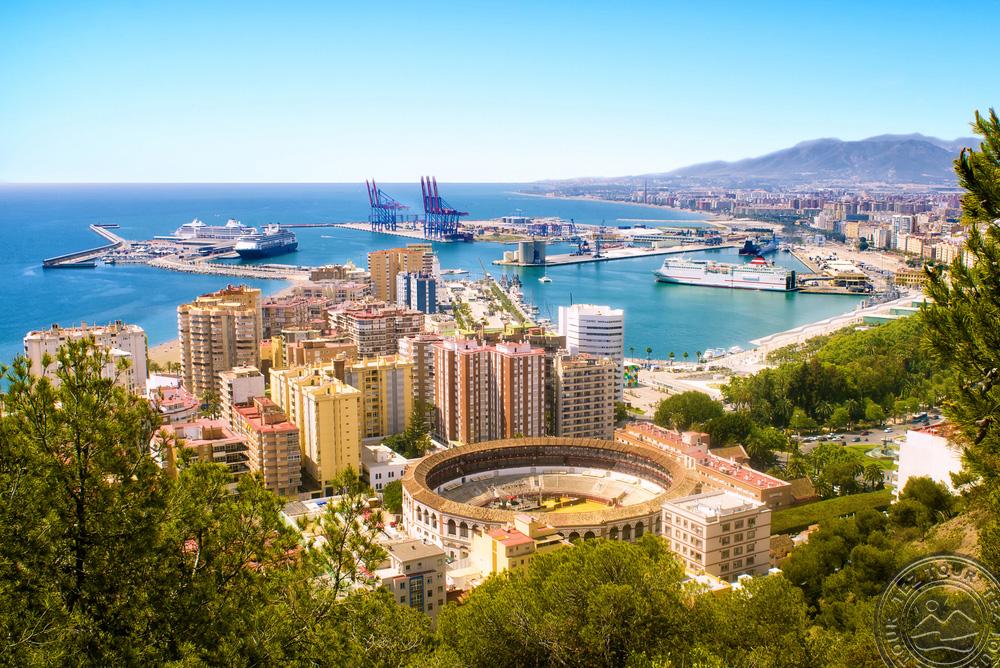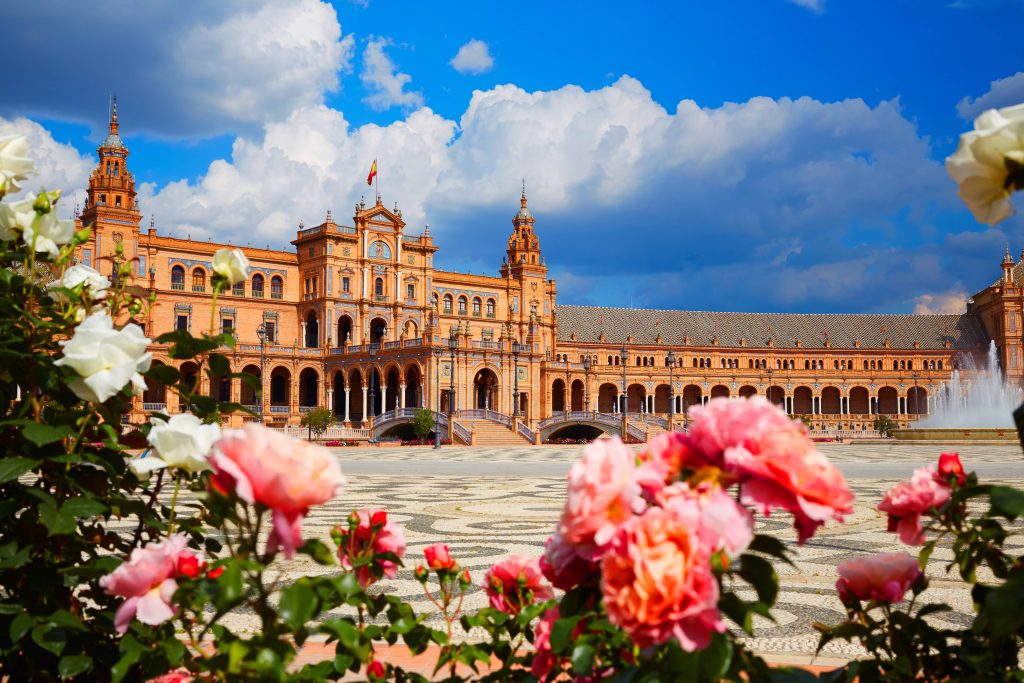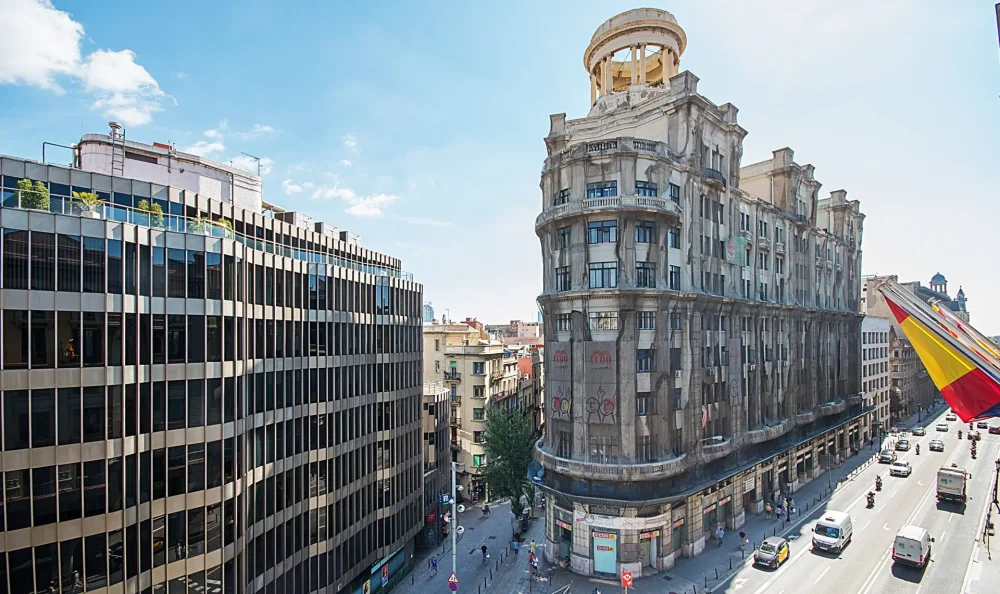Sunny Spain with its cosy coastlines, temperamental culture and high quality of life is ideal for relocation. The opportunity to live by the sea and enjoy the mild climate attracts thousands of people every year. But realising this dream is not easy: you need to understand the legal nuances, research the cost of living and choose the best way to relocate. To understand how to move to Spain for permanent residence, it is important to prepare a clear plan, take into account all aspects and comply with the legal requirements of the country.
Moving to Spain: how to choose the best way to move to Spain
It is important to choose the appropriate way to obtain residency status. The government offers several legalisation options, each with its own advantages and limitations. The answer to the question of how to move to Spain for permanent residence depends on the applicant’s goals, income level and life circumstances.
The main ways of obtaining a residence permit:
- Work visa. This option is suitable for those who have received an offer of employment from a Spanish company. It is important that the employer makes the appropriate application to the migration authorities. It is also possible to travel independently through starting a business.
- Investment visa (golden visa). Investment in the Spanish economy entitles you to a residence permit. The minimum investment amount is 500,000 euros, e.g. in the purchase of property.
- Family reunification. If relatives are already legally residing in the country, it is possible to apply for reunification. This requires proof of financial independence and availability of accommodation.
- Study residence permit. Students receive a temporary residence permit for the period of their studies. This status allows you to work up to 20 hours per week, and after completing your studies you can apply for a work visa.
- Retirement IOU. Pensioners with sufficient means of living and health insurance can also obtain a residence permit.
How to get a residence permit in Spain: steps and documents
 Obtaining permanent residence is the final stage, which requires fulfilment of several mandatory conditions. In order to understand how to move to Spain for permanent residence, it is necessary to take into account that the process takes at least five years and involves the fulfilment of a number of formalities:
Obtaining permanent residence is the final stage, which requires fulfilment of several mandatory conditions. In order to understand how to move to Spain for permanent residence, it is necessary to take into account that the process takes at least five years and involves the fulfilment of a number of formalities:
- Residence in Spain for at least five years. During this period, it is necessary to maintain residency status and comply with migration regulations.
- Document preparation. The list includes income certificates, tax returns, health insurance and proof of stable financial situation.
- Language proficiency. A B2 or higher Spanish language proficiency certificate is required for application.
- Integration. Demonstrating social engagement, participation in local activities and knowledge of the country’s culture will help to get a favourable decision.
The application is accompanied by a thorough review of all documents submitted. After successful completion of the stages, the applicant is given the opportunity to reside legally on the peninsula on a permanent basis.
Cost of living in Spain: what to consider when moving to Spain
Financial preparation plays an important role in the relocation process:
- Housing. Renting a flat in the centre of Barcelona or Madrid will cost an average of 1000-1500 euros per month. More affordable options can be found in Valencia (700-900 euros). Buying real estate is also popular among those moving: the average price per square metre in the capital is about 4000 euros.
- Nutrition. Products in Spain are relatively inexpensive. The cost of a set of meat, vegetables, bread and milk is about 120-150 euros per person. Outside the house, prices are much higher: lunch in a restaurant costs 15-30 euros.
- Transport. Metro and bus fares cost 1.5-2 euros. For motorists, petrol costs approximately €1.5 per litre, and parking in city centres reaches €2 per hour.
- Health care. Public clinics provide services on the basis of insurance, the payment for which depends on income. Private policies cost between 50 and 150 euros per month and offer a wider range of services.
Taxes in Spain: what is important to know before you move to live in Spain
The state’s financial system is based on progressive taxation, which applies to both local residents and foreign nationals living in the country for more than 183 days a year. For those planning to move to Spain for permanent residence, it is important to understand the structure of taxes, their rates and ways to optimise expenses.
Personal income tax
The IRPF rate ranges from 19% to 47% depending on the level of earnings. For example:
- Income up to €12,450 is taxed at a rate of 19%.
- Income between 20,200-35,200 euros – 30 per cent.
- For high incomes over €60,000, the rate reaches 47 per cent.
Foreigners with an investment visa or temporary residence permit who do not spend more than six months on the peninsula can benefit from non-resident tax status and pay a flat rate of 24%.
Property tax
Homeowners pay an annual IBI (Impuesto sobre Bienes Inmuebles) tax. Its rate is 0.4-1.1% of the cadastral value of the property. For landlords, there is an additional commission on rental income.
VAT and capital taxes
Spain applies a standard VAT of 21%, with reduced rates (10% and 4%) for certain goods and services. Capital gains tax (IRNR) is levied on the sale of real estate and ranges from 19% to 23%.
The best regions in Spain: where to move for permanent residence
The choice of where to live plays a key role in adaptation and quality of life. The country offers a variety of locations, each with its own characteristics, climatic conditions and costs:
- Barcelona. A cosmopolitan metropolis with developed infrastructure, international schools and many cultural events. The average cost of renting a home is 1200-1500 euros, and buying a flat will cost around 4000 euros per square metre. Barcelona is suitable for those who appreciate the urban rhythm of life and proximity to the sea.
- Madrid. The capital of Spain is the business and cultural centre of the country. The best universities and offices of the largest companies are located here. The average rent is 1000-1400 euros per month. Madrid is chosen by those looking for career opportunities and a high level of comfort.
- Valencia. A city on the Mediterranean coast with more affordable prices. Renting a flat costs 700-900 euros, and property prices are lower than in Barcelona or Madrid. Valencia attracts with its warm climate, developed infrastructure and moderate rhythm of life.
- Andalucía. A southern region with a mild climate, historical sites and affordable housing. Seville and Malaga are popular destinations for those who appreciate traditional Spanish culture and low costs.
The challenges of moving: what to consider
To understand how to move to Spain for permanent residence, it is important to consider the following aspects:
- Spanish bureaucracy is known for its slowness. It can take several months to apply for a visa, residence permit or permanent residence permit. Planning and utilising the services of immigration specialists can help to shorten the timeframe.
- Knowledge of Spanish plays a key role in integration. In big cities you can find an English-speaking community, but in smaller communities it will be difficult without this skill.
- High housing costs and taxes can be a barrier for many. Financial planning and searching for more affordable regions can help optimise costs.
- Moving to another country is accompanied by the need to adapt to the local culture and way of life. The Spanish value family values, siesta and a relaxed attitude to work, which may surprise new residents.
Results
 How to move to Spain for permanent residence? It is necessary to choose the best way to obtain a residence permit, prepare documents, calculate the budget and decide on the region. The country offers a lot of opportunities for a quality life, but success depends on careful preparation and adaptation to local conditions.
How to move to Spain for permanent residence? It is necessary to choose the best way to obtain a residence permit, prepare documents, calculate the budget and decide on the region. The country offers a lot of opportunities for a quality life, but success depends on careful preparation and adaptation to local conditions.
 en
en  ru
ru  de
de  ar
ar  es
es  nl
nl  hi
hi  fr
fr  it
it  pt
pt  el
el 










